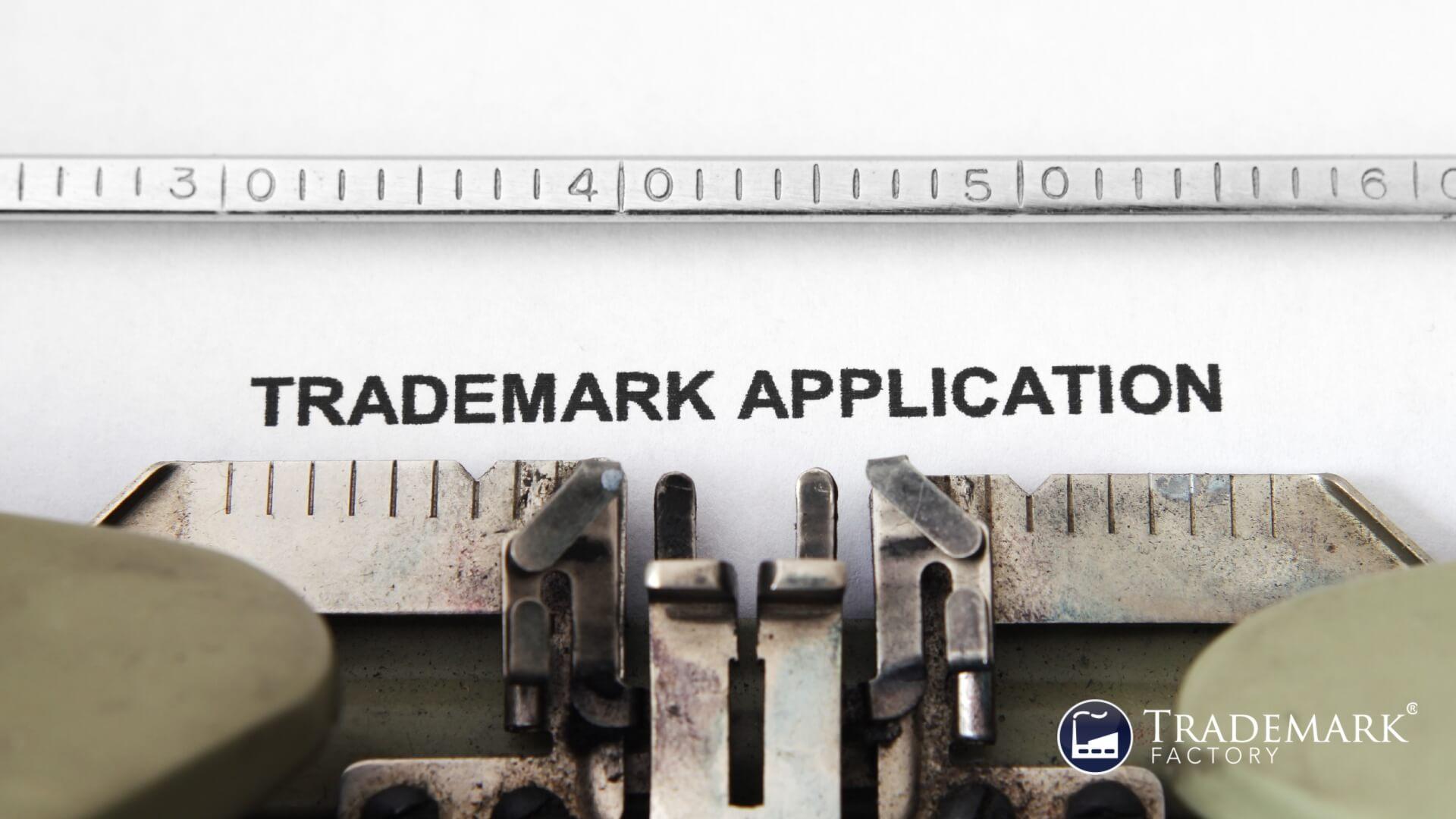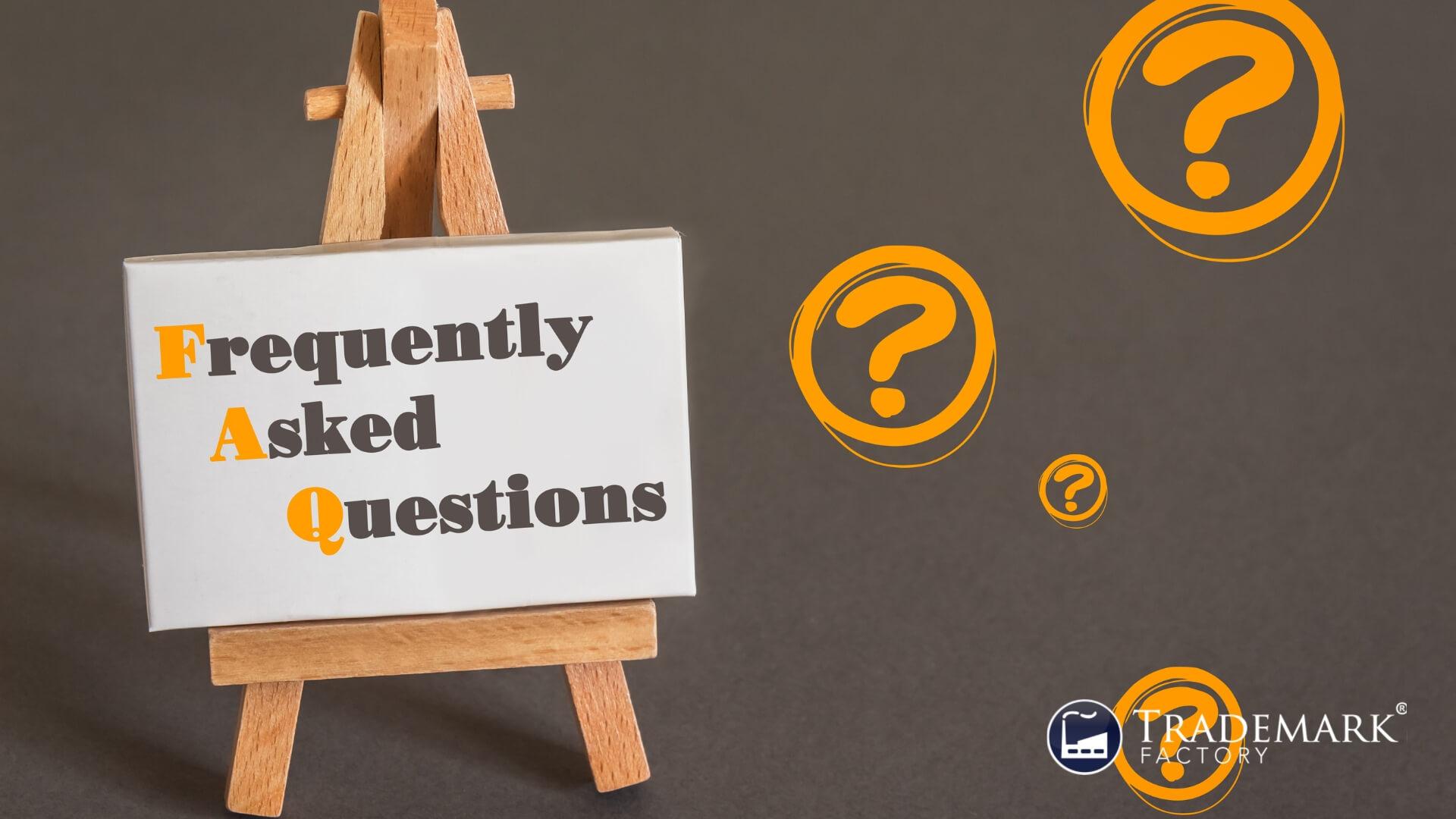Navigating Trademark Application Forms For Your Business

As businesses strive to create unique identities, the importance of trademarks cannot be overstated. Trademarks act as a legal protection mechanism, safeguarding a business's brand from infringement and misuse. However, acquiring such protection necessitates navigating through complex filing of trademark application forms—a process often daunting for most entrepreneurs. This article provides an in-depth exploration of these forms, shedding light on their types, required information, accessibility trademark application methods and associated fees. Additionally, it offers guidance on tracking the status of applications and rectifying errors post-submission. The article also elucidates potential grounds for rejection and subsequent appeal procedures. Consequently, this comprehensive guide aims to demystify the trademark application process and equip businesses with valuable knowledge that fosters a sense of belonging in the competitive commercial landscape.
An Introduction to Trademark Application Forms

Trademark application forms serve as an essential first step in safeguarding a business's unique branding, thereby ensuring its distinction and competitive edge in the market. Understanding Trademark History and Form Importance dispels Trademark Misconceptions, as exemplified by Trademark Case Studies demonstrating current Trademark Trends. This knowledge underpins the necessity of these forms and transitions into exploring various types of trademark applications utilized for different branding needs.
Types of Trademark Application Forms

Delineating the various trademark applications form types of documents necessary for securing a brand's identity can offer significant insight into the complexity of intellectual property law.
Form Selection
Trademark Classifications
Application Timelines
Principal or Supplemental Register submission?
Which category suits your mark?
Timeline varies based on form type
Renewal forms at regular intervals are required
Classification determines legal protection scope
International applications have different timelines
Understanding these aspects aids in successful navigation of trademark renewal and international application processes. Next, an exploration of the information required for these forms follows.
Required Information for Trademark Application Forms

Securing a brand's identity necessitates the provision of certain vital information for trademark application forms on the chosen application forms.
* Form Preparation involves providing basic details such as business name and address.
* Legal Assistance might be required for accurate description of goods, services, and Trademark Classes.
* Thorough Trademark Research plays a significant role in defining Application Timeline.
In the forthcoming section, readers will delve into accessing trademark application forms efficiently.
How to Access Trademark Application Forms

Accessing the necessary documents for brand protection involves a thorough understanding of the United States Patent and Trademark Office's online platform. With careful attention to application prerequisites, form accessibility can be optimized. Utilization of trademark resources, legal considerations, and documentation requirements are vital in this process. Following these procedures meticulously ensures adequate preparation for the next segment concerning the comparison between online and paper-based trademark application forms.
Online vs Paper Trademark Application Forms

Evaluating the pros and cons of digital versus traditional paper filings can facilitate an informed decision-making process, pivotal in brand protection strategies. Digital advantages include speed comparison and user friendliness evaluation, while security concerns and potential technical difficulties remain with online applications. Despite these factors, each method serves different circumstances effectively. Understanding these nuances prepares for a smoother transition into avoiding common pitfalls in trademark application forms completion.
Common Mistakes to Avoid When Filling Out Trademark Application Forms

Transitioning from the comparison of online and paper-based trademark application forms, an understanding of common mistakes during this process is crucial. These include:
- Falling prey to trademark misconceptions
- Succumbing to application pitfalls
- Engaging in incorrect classification of goods or services
- Registering unsearched trademarks
- Overlooking misinterpretation consequences
Being aware of these pitfalls cultivates a sense of belonging amongst fellow business owners. The subsequent section will guide you on the nuanced process of submitting your trademark application forms.
How to Submit Trademark Application Forms

Understanding the procedure for presenting completed registration documents is a significant step in the process of securing intellectual property rights. Mastery of form selection, awareness of trademark eligibility criteria, cognizance of application timeline and availability of legal assistance are crucial elements. Navigating potential trademark disputes can be challenging yet essential. As this knowledge is attained, one naturally progresses towards understanding the financial obligations entailed in filing trademark application forms.
Fees Associated with Filing Trademark Application Forms

Assessing the financial implications associated with registering intellectual property rights entails a thorough comprehension of the fee structure established by the United States Patent and Trademark Office. This encompasses understanding filing costs, potential additional charges, payment methods, fee waivers, and conditions for refunds. Grasping these elements is crucial to efficiently navigate trademark application forms. The ensuing discussion will direct attention to monitoring the progress of your trademark application form.
How to Track the Status of Your Trademark Application Form

Monitoring the progress of intellectual property registrations is a critical step that allows individuals to stay updated on their legal rights status.
1. Regularly check application updates via the TSDR system.
2. Trademark monitoring should be done consistently to avoid application delays.
3. Promptly respond to status inquiries and official communication.
4. Stay informed about different stages of review.
Understanding how to track your trademark application form status effectively paves the way towards amending or correcting a filed trademark application form, if necessary.
Amending or Correcting a Filed Trademark Application Form

Modifications to a previously submitted registration of intellectual property might become necessary due to various reasons, requiring an amendment or correction. Form errors correction is part of the Trademark refiling process which may pose Application revision challenges. While Legal implications amendments can impact timelines, Expedited amendment procedures exist.
Challenges
Solutions
Form errors
Correction process
Legal implications
Expert advice
Application revisions
Refiling process
Expedited amendments
Swift procedures
Next, we delve into understanding rejection of trademark application forms and handling appeals.
Rejection of Trademark Application Forms and How to Appeal

In the realm of intellectual property registration, understanding the common grounds for rejection and exploring the appeals process is crucial in securing a successful trademark application form claim. Rejection reasons often hinge on similarity to existing trademarks or lack of distinctiveness. Legal representation can aid in expedited appeals, bolstering chances for successful appeals by addressing contestations and ensuring compliance with all procedural requirements.
Frequently Asked Questions

What are some of the legal consequences of not filing a trademark application for my business?
Failure to file a trademark application can lead to significant legal liabilities including trademark infringements, ownership disputes, and brand confusion. This oversight may also result in financial losses due to unauthorised use of the brand.
How long does it typically take to receive a response after submitting a trademark application form?
Upon submission of a trademark application, response times vary due to factors such as application costs, the examination process, potential revisions, and attorney assistance. Typically, responses are received within 3-6 months.
Can I file a trademark application in a foreign country using the same application form?
Foreign filing of trademark applications necessitates adherence to international regulations, including application translation into the host country's language. Application costs vary by region and ensuring trademark protection may require additional legal measures.
If my business has multiple products or services, do I need to file a separate trademark application form for each one?
Trademark classifications necessitate separate applications for each product or service, increasing application costs. Conducting a trademark search and devising filing strategies with professional assistance can optimize these processes, fostering a sense of belonging.
Is it possible to expedite the process of my trademark application form review?
Expedited processing of trademark application forms may be feasible, typically involving Expedite Fees or Rush Services. These Fast Track Options prioritize applications, accelerating review times and facilitating swifter Application Priorities fulfillment.
Conclusion

In conclusion, understanding the complexities of trademark application forms is crucial for any business entity. This process involves identifying the appropriate form, filling in the necessary information accurately, and tracking its status after submission. The choice between online and paper applications depends on one's preference while considering associated fees. In instances of rejection, knowledge of the appeal process is imperative. Therefore, comprehending this system optimizes a business's protection of its unique identity and brand.
Subscribe to Trademark Wednesdays, our weekly newsletter where we'll send fun and informative trademarking topics straight to your inbox.




